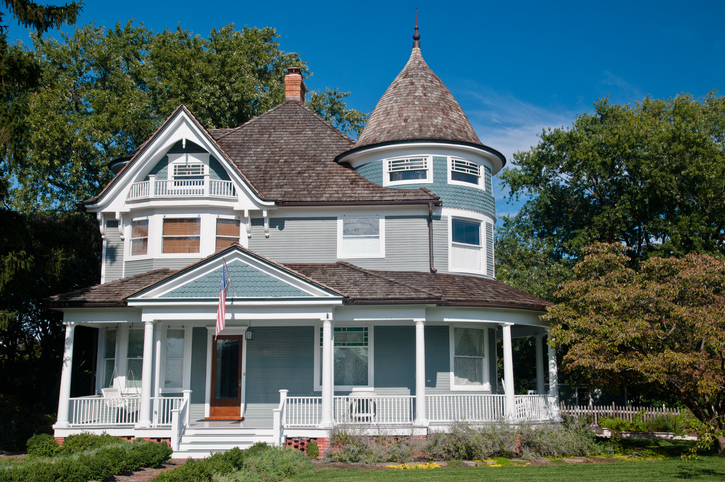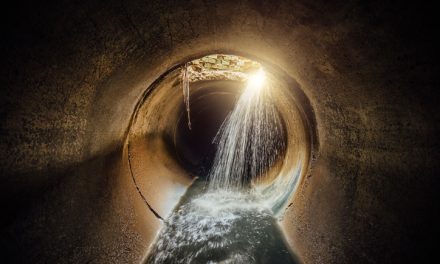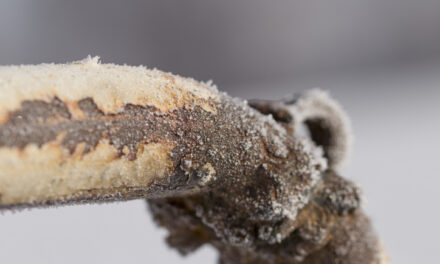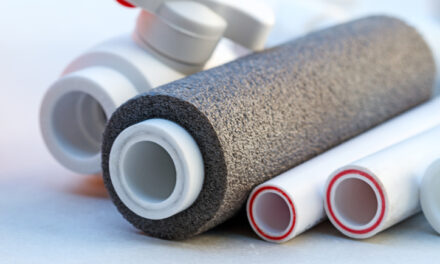Purchasing a home is an important milestone. It is one that requires heavy thought and planning, and isn’t a task that can be completed in a day or two. Choosing a home is, in and of itself, a tough job. To some, the charm of an old house built in a different generation or period of history is just too alluring and, in an instant, you’re already packing your moving truck. But an older building comes with older plumbing regulations and technology. Here are a few piping issues in older homes to keep an eye out for.
Outdated Pipe Material
For homes built over 30 years ago, there’s a good chance your pipes were constructed with a material that is no longer considered safe for various reasons. For example, lead, once utilized for its malleability and durability, was found out to be highly toxic; the thing is, its use was not entirely banned until 1986 by the Safe Drinking Water Act Amendment. Another material, galvanized steel, was implemented widely throughout the ‘60s, though the revelation of its corrosivity that increased rust levels in drinking water was enough to halt its production. Lastly, polybutelene became the new star of pipe materials in the ‘80s and early ‘90s, but it reacted poorly with the chemicals in the municipal water systems and often cracked.
If you are looking for some sewer piping options that are actually used today, check out our guide to sewer pipe materials.
Damaged Sewer Lines
It is logical to assume that an older home will have experienced more sewage issues. Firstly, because of their age, these homes will have seen more tree growth, leading to root intrusions and eventual clogs (check out some telltale signs of tree roots in your sewer line). Another reason you may experience problems with your home sewage system is because an older home would have been built before the advent of garbage disposals, dishwashers, and other appliances; this means sewer lines were being used much more and were therefore more susceptible to damage.
Aged Fixtures
Older plumbing fixtures have had to stand the test of time, so it is to be expected that these connections are well past their prime. It is very common for limescale, a hard and chalky deposit, to form inside materials that transport hot water. This permits the risk of fixtures leaking, falling apart, and even flooding. While there are some homemade concoctions that can help scour away at limescale on surfaces, in certain cases, things may be far beyond the point of these remedies.
Experts in the field will provide in-person assistance for piping issues in older homes. Moving into a new home is stressful enough—A&L Cesspool wants to alleviate any excess anxiety! If you see indications of the listed issues, or any sewage-related problems at all in your home, contact us and let us help you transition smoothly through this exciting new step in your life!









